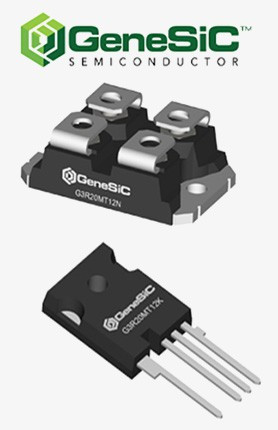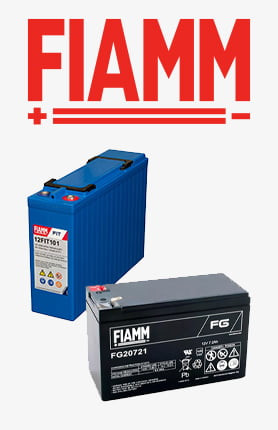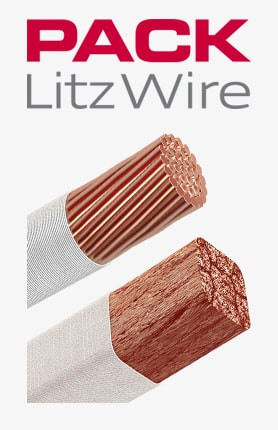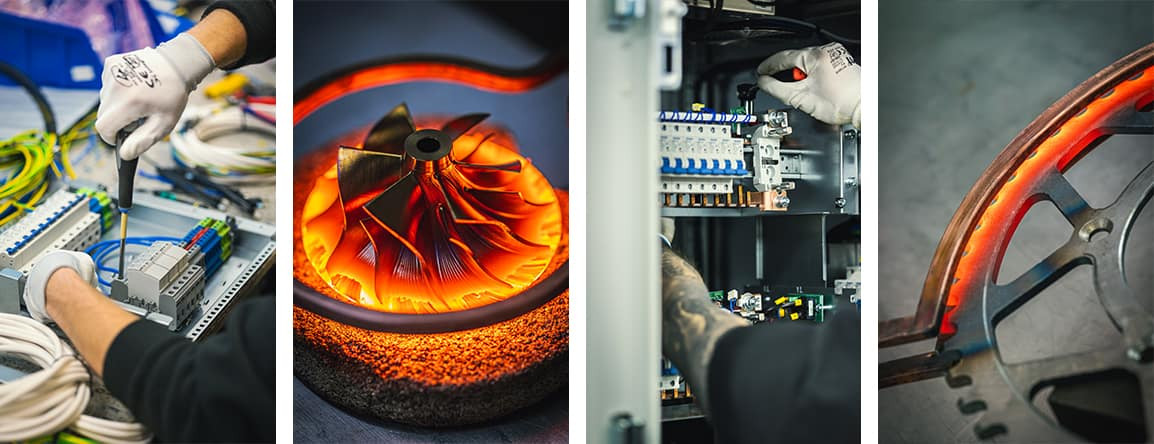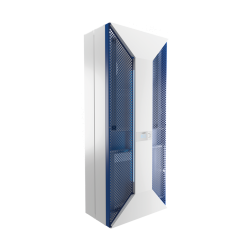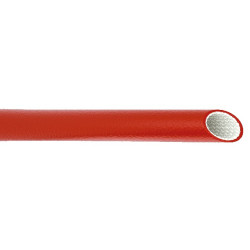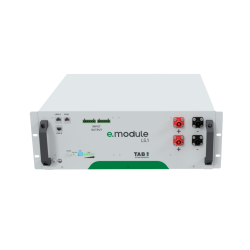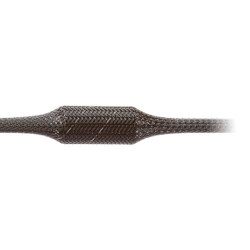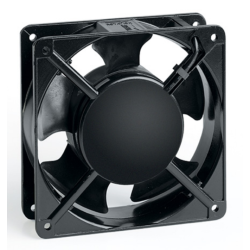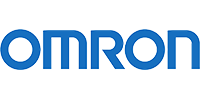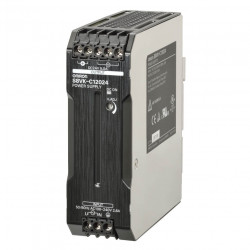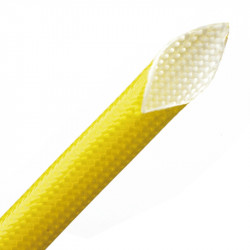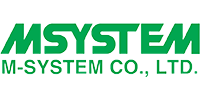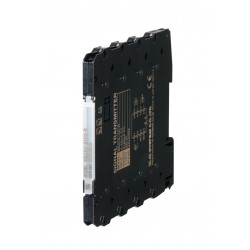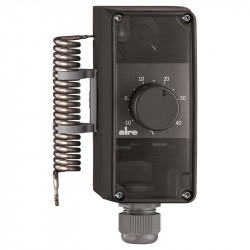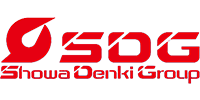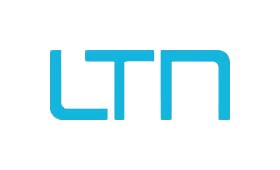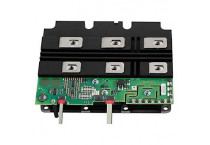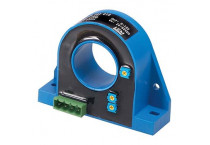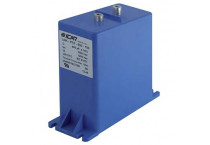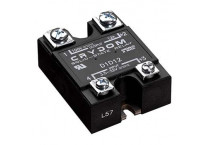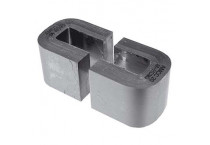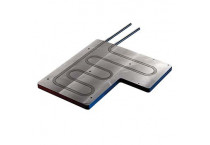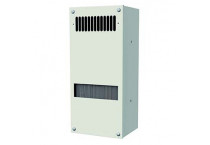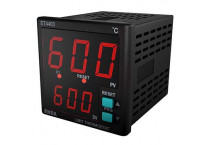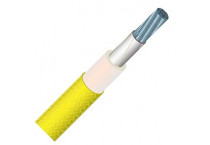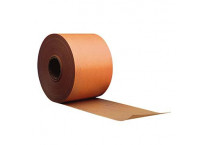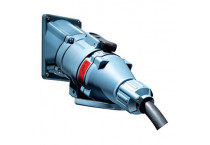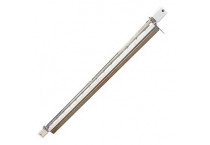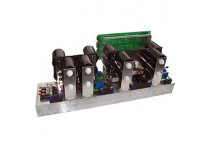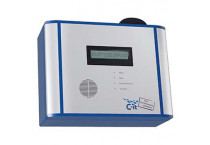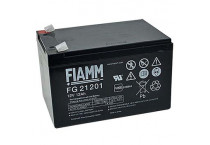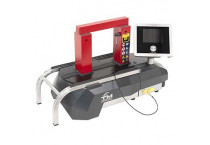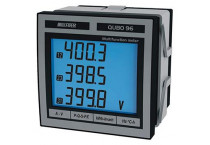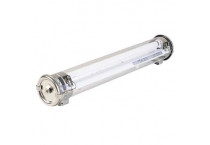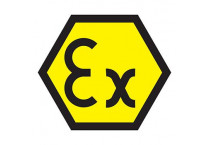Статията представя пътя от основите на електрониката до изграждането на по-сложни устройства, като показва ролята на учебните комплекти, електронните компоненти и силовите модули. Обяснява се как комплектите за самостоятелно сглобяване развиват практически умения и как правилно подбраните захранвания, контролери и силови елементи позволяват създаването както на хоби проекти, така и на решения, близки до индустриалната електроника.
Компоненти за електроенергетика, автоматика, електроника, електротехника. Над 140 водещи производители.
Доставчици
Вижте всички доставчиципродуктови категории
Вижте всички категорииПоследни публикации
-
Промишлено LED осветление vs традиционно – разлики, ползи и предизвикателства за съвременните производствени халетаRead more
Статията представя основните разлики между индустриалното LED осветление и традиционните източници на светлина, като натриеви или живакови лампи. Разглеждат се ключовите параметри, влияещи върху работата в производствените халета – енергийна ефективност, дълъг живот, качество на светлината, експлоатационни разходи и екологични аспекти. Подчертава се нарастващата роля на LED технологията в модернизацията на индустриалните обекти, ползите от нейното приложение, както и ситуациите, в които традиционните лампи все още могат да се използват. Статията показва защо LED осветлението се превръща в стандарт в съвременните производствени предприятия и складове.
-
Промишлена и енергийна трансформация – как енергоелектрониката задвижва нова технологична ераRead more
Тази статия показва как енергоелектрониката се е превърнала в ключов двигател на съвременната енергийна и индустриална трансформация. Описва ролята ѝ в интегрирането на възобновяеми енергийни източници, съхранението и преобразуването на енергията, стабилизирането на мрежата и автоматизацията на индустриалните процеси. Текстът представя както текущите приложения на енергоелектронните технологии, така и перспективите за тяхното развитие, като подчертава значението им за устойчивото развитие, цифровизацията на инфраструктурата и внедряването на Индустрия 4.0.

